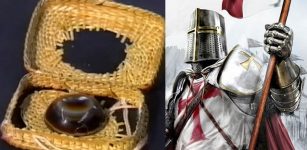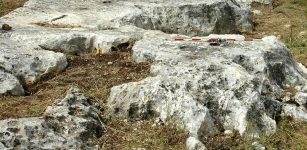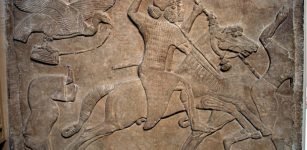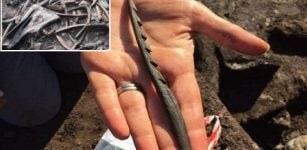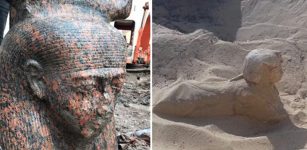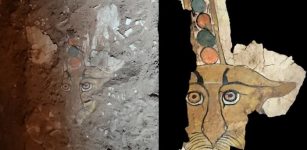12th Century Chess-Piece Workshop Unearthed in Northampton, England
MessageToEagle.com – Two incomplete chess pieces, dating to the 12th century, have been found in Northampton, providing evidence for a workshop at the site, according to MOLA.
Archaeologists from the Museum of London Archaeology found crafted chess pieces and cut antlers near the foundations of a timber-framed building.
Today, Northampton, is a medium-sized provincial town but in the medieval period the presence of the Royal Castle saw it rise into a prominent town.
In Northampton’s excavating area, there have also been made other archaeological remains spanning the 12th to 20th centuries. However, two late 12th century chess pieces are of particular interest.

“They turn up now and again as single finds, in a manor house or abbey, but the most important thing here is it’s the first time a workshop from the medieval period in England has been found,” Andy Chapman, MOLA Archaeologist, said.
The objects are unique in that they are both incomplete, having been discarded during their manufacture.
The recovery of numerous sawn offcuts from red deer and fallow deer antlers shows that there was a workshop here turning out sets of chess pieces in antler.
The game of chess came into Europe from the east through contact with the Arab world. By the 12th century it was becoming a popular game at the upper levels of European society.

The finest pieces were elaborately decorated and fashioned in ivory, and usually figurative, such as the famous chessmen found on the Isle of Lewis, Scotland. To supply the wider market smaller pieces were made from antler or animal bone, often decorated with patterns of ring-and-dot motifs with incised lines encircling the base and running over the top.
These simple chess pieces followed the basic Arabic forms, where human figures were prohibited, but in Europe simple stylised figurative elements were often added.
Some 70 of these stylised chess pieces have been found in Britain and more are known from the continent, but they usually appear as just single stray pieces on archaeological excavations at castles, abbeys, rural manor houses or important town houses.
The tapering lower part would have been inserted into the top of a larger cylindrical body to form either a King or Queen.
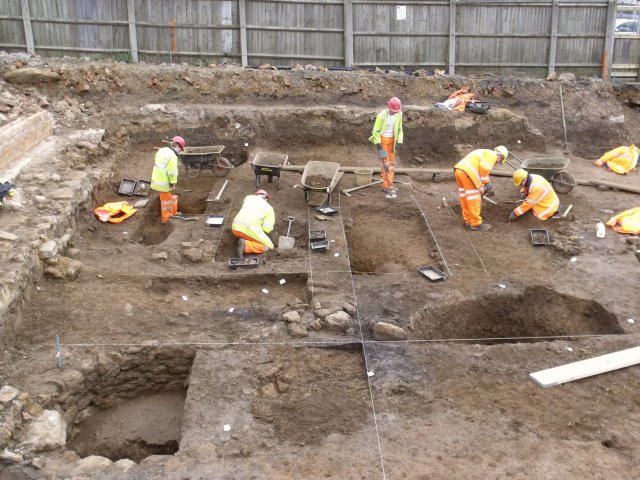
It was discarded because in fashioning the right side of the face the spongy core of the antler was exposed, making it impossible to set a ring-and-dot right eye in the correct place, although a misplaced eye, too low and too close to the nose, was added, perhaps in a failed attempt to salvage the piece.
The second chess piece is a cylindrical length of antler, standing 42mm high and 28-32mm in diameter. The front has been cut back to form a pair of simple rectangular heads.
One of the heads is broader than the other, probably because a sliver of antler broke away during manufacturing, and this may be why the piece was discarded.
While some plain pieces have been discovered, it is more likely that they would have gone on to decorate the body with incised lines and ring-and-dot motifs. The paired heads indicate that the piece was intended to be a bishop, which in Europe had replaced the Arabic vizier, denoted by the tusks of the elephant on which he sat.
The chess pieces will be analysed by archaeologists alongside the other material from the Angel Street site.
MessageToEagle.com

